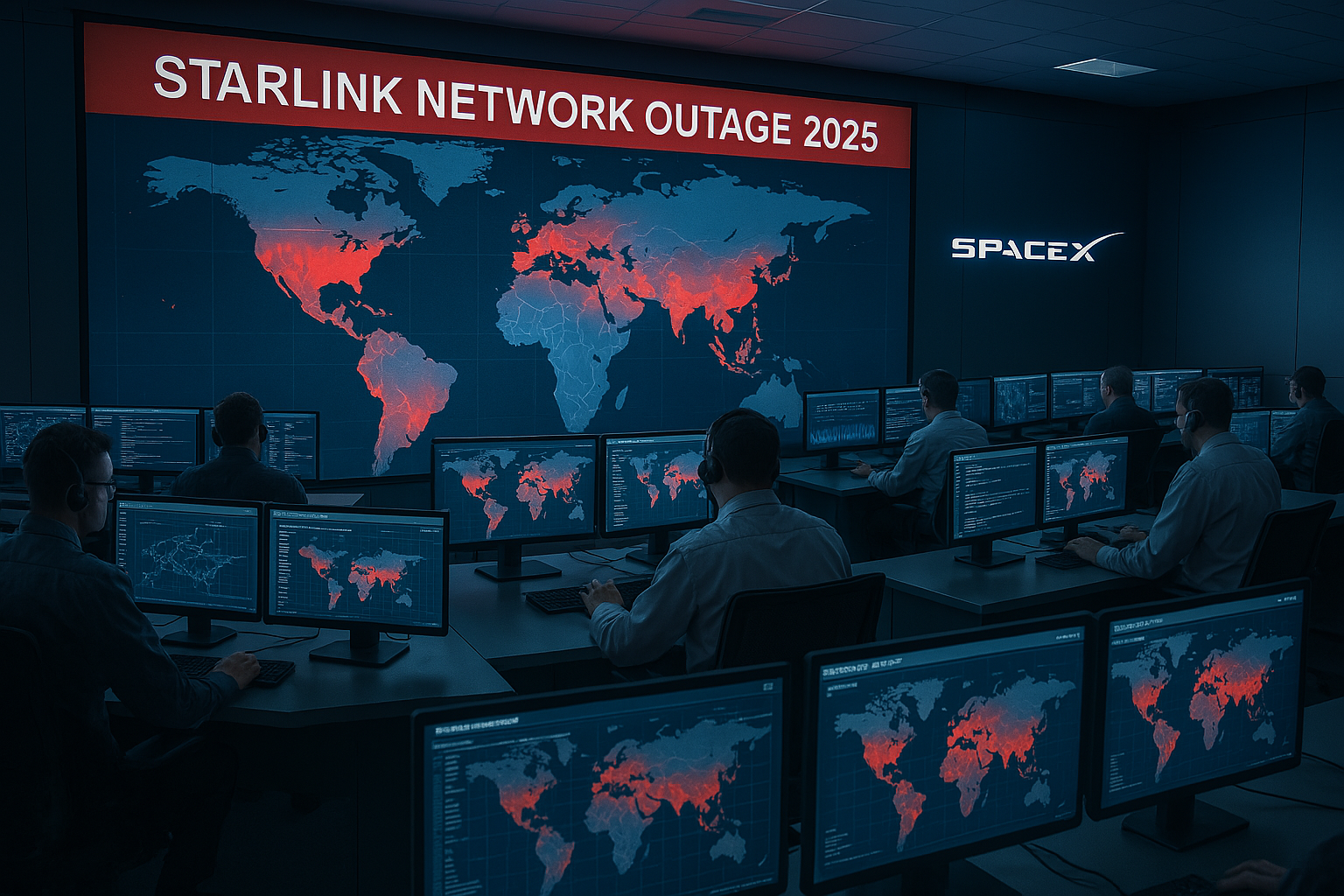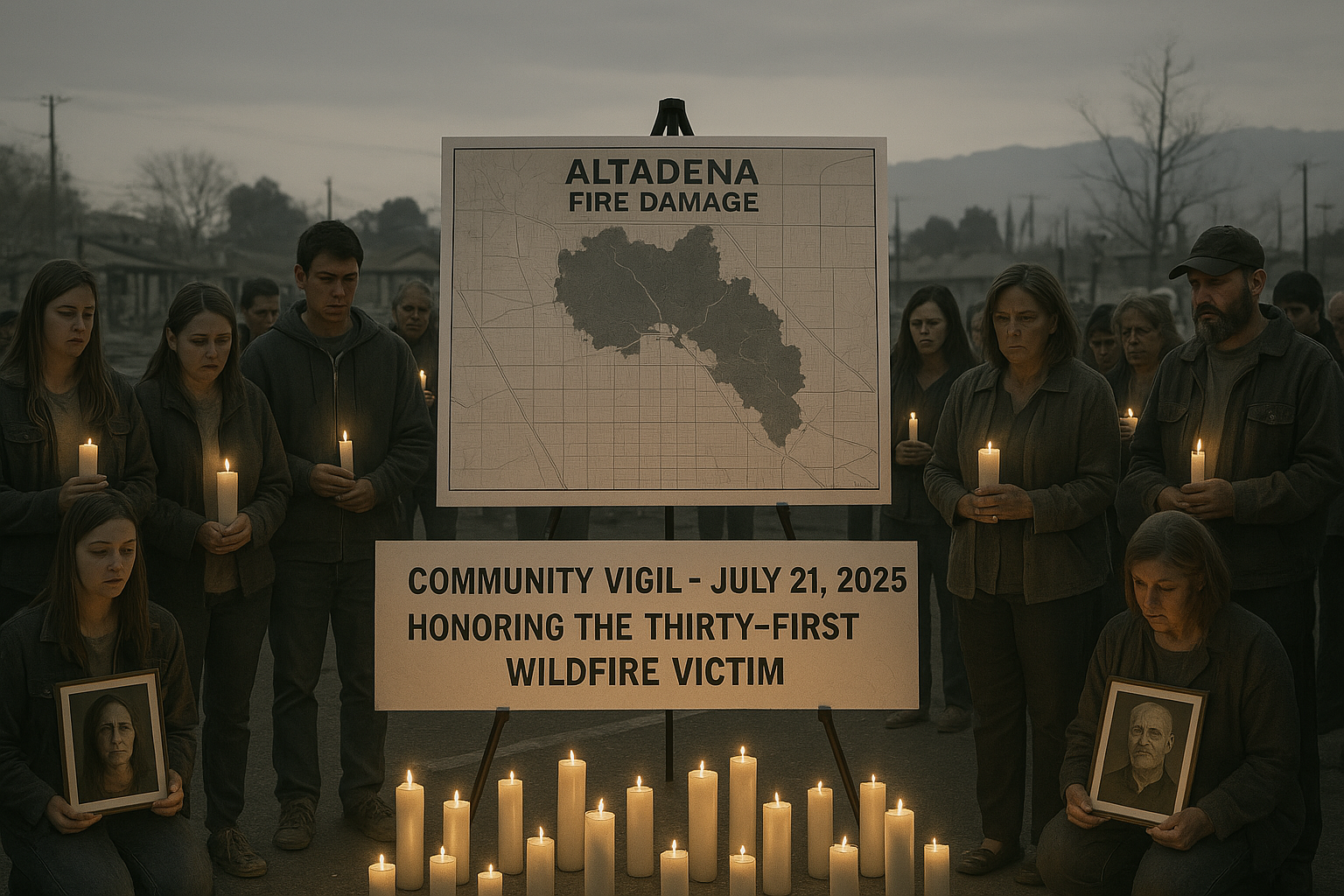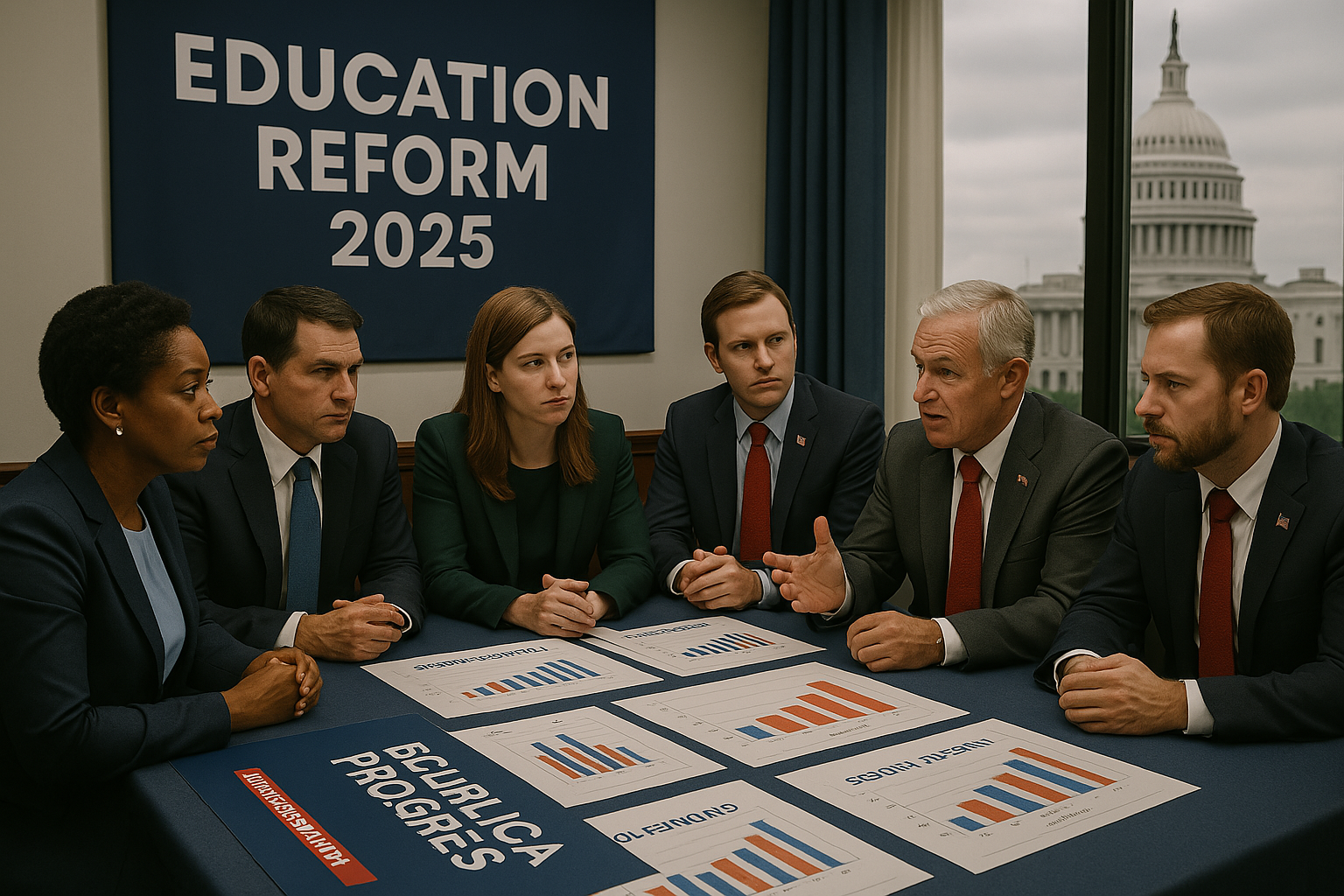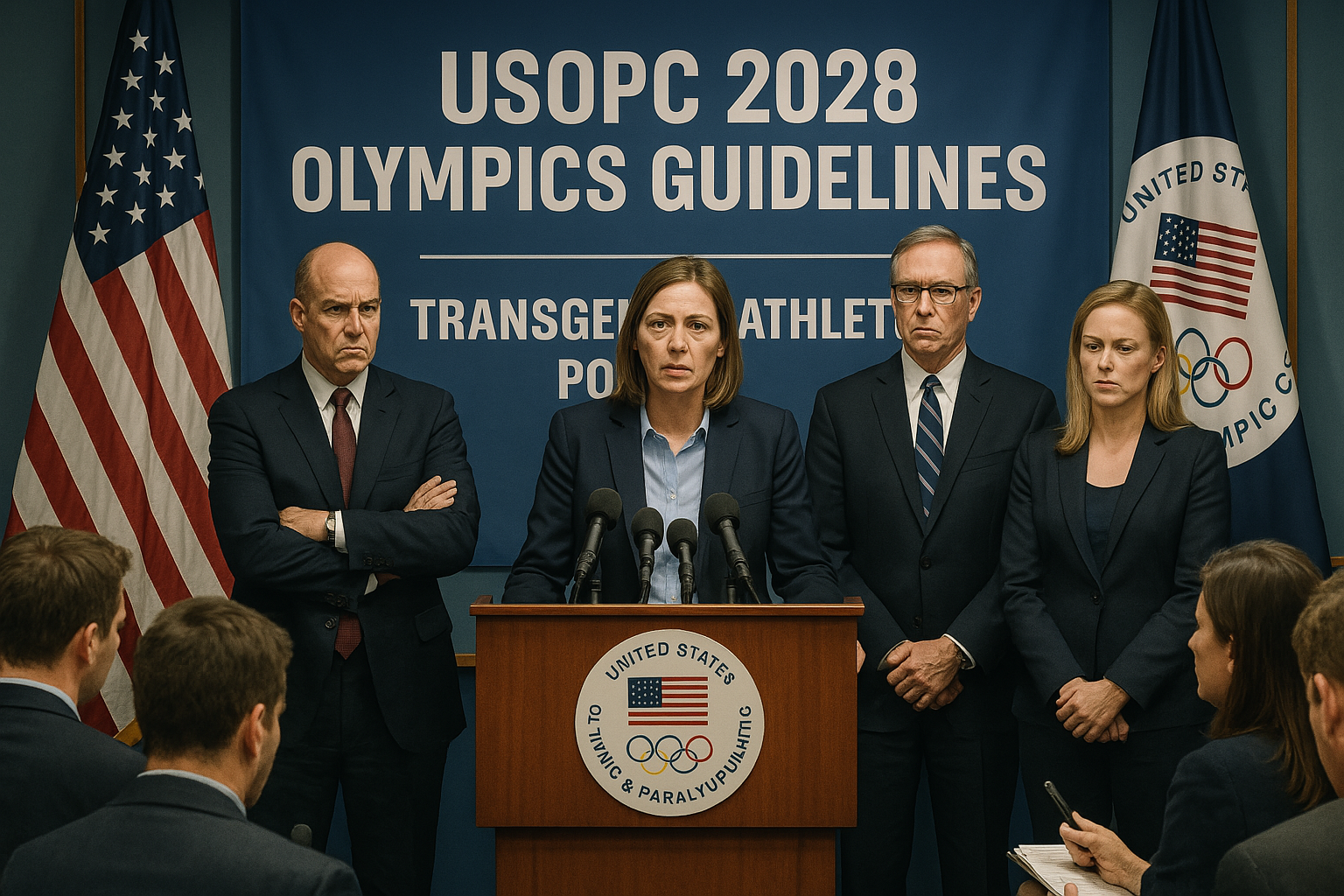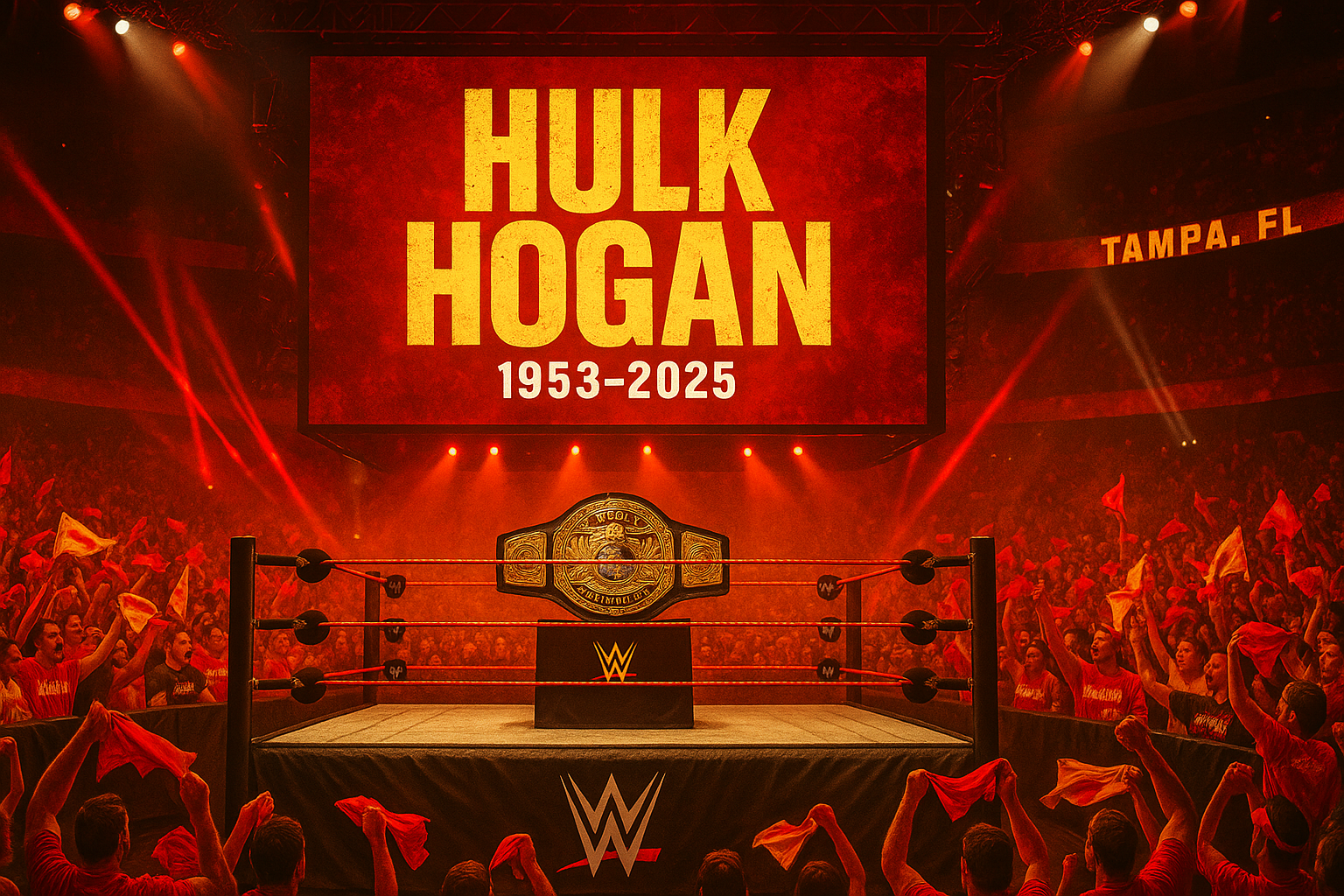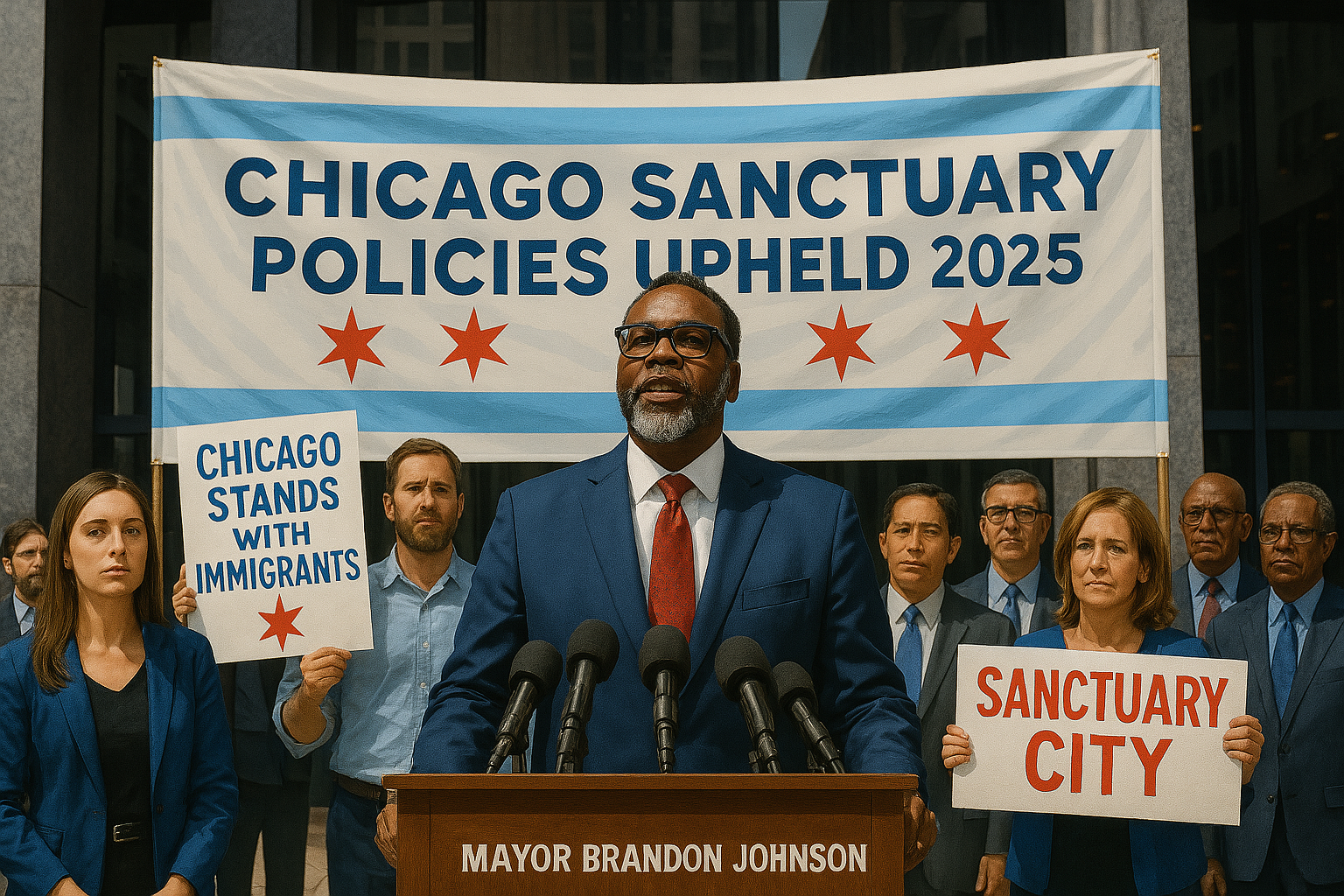New York and New Jersey Face Transit Strike Crisis
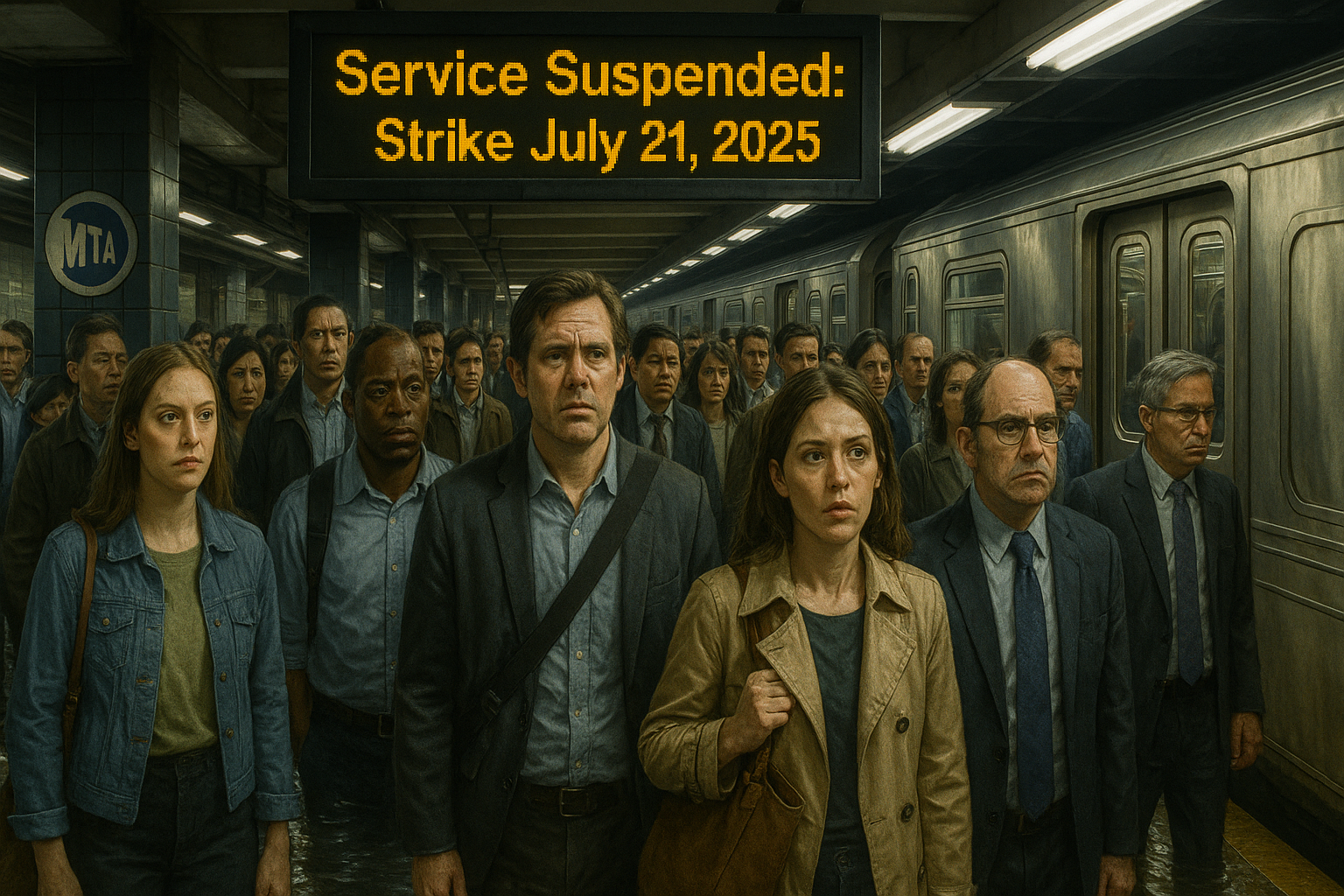
New York and New Jersey commuters brace for potential chaos as the Transport Workers Union (TWU) and Amalgamated Transit Union (ATU) threaten a coordinated strike starting July 21, 2025, affecting the MTA and NJ Transit. The unions, representing 40,000 workers, demand higher wages and improved safety following recent flooding and workplace incidents. The looming strike, reported on July 19, 2025, could disrupt millions of daily commuters, echoing labor tensions in Chicago and California, where workers also push for better conditions.
Strike Details
The TWU and ATU announced a strike deadline of midnight, July 21, after contract talks stalled. Key demands include a 10% wage increase over three years and enhanced safety measures, including flood-resistant infrastructure after the July 14 floods that submerged subway stations. MTA Chair Janno Lieber acknowledged the system’s vulnerabilities, noting that the sewer system’s 1.75-inch-per-hour capacity was overwhelmed by 4 inches during the storm. NJ Transit workers cite similar concerns, with a recent derailment in Newark raising safety fears.
The strike would halt subway, bus, and commuter rail services, affecting 7 million daily riders in New York City and 500,000 in New Jersey. Governor Kathy Hochul and Governor Phil Murphy are urging mediation, but union leaders, emboldened by recent victories in California’s port strikes, remain firm. On X, @NYCCommuter voiced frustration, with 25,000 views, while others support the workers’ demands for fair pay.
Regional and National Context
The strike threat follows a turbulent period for the region’s transit systems. The July 14 floods, which killed two in Plainfield, NJ, exposed infrastructure weaknesses, with videos showing water gushing into Manhattan stations. New York’s $19 billion MTA capital plan includes flood mitigation, but progress is slow, frustrating workers. New Jersey’s Route 22 and 28 closures post-flood highlight similar issues.
Nationally, labour unrest is rising. Chicago’s transit workers are negotiating similar wage hikes, while California’s recent ICE raid protests disrupted public transport. The National Urban League’s 2025 report notes that transit workers, often minorities, earn 20% less than their private-sector counterparts, fueling demands for equity. The strike also aligns with global trends, like France’s air traffic controller walkout, which cancelled hundreds of flights.
Economic and Social Impact
A strike could cost the region $1 billion daily, per the New York City Comptroller, hitting retail and hospitality hardest. Manhattan businesses, recovering from flood-related losses, face further strain, with hotels reporting 10% cancellation spikes. New Jersey’s port economy, vital for $200 billion in annual trade, could see delays. Socially, commuters face hardship, with low-income riders, reliant on public transit, most affected. Remote work options, up 30% since 2020, may mitigate some impact, but not for essential workers.
Community groups are rallying. The Riders Alliance in New York is organising carpool networks, while NJ’s Commuter Action Network demands state intervention. The strike has sparked debates over privatisation, with some X users arguing for corporate management, though unions warn of job cuts and fare hikes.
Challenges and Opportunities
Negotiations face hurdles, including budget constraints. The MTA’s $68 billion debt limits wage concessions, while NJ Transit’s $2 billion shortfall complicates safety upgrades. Public frustration, evident after the flood disruptions, could pressure unions to compromise, but worker morale is low, with 15% turnover reported in 2024. Mediation, led by federal arbitrators, is ongoing, but a resolution by July 21 seems unlikely.
Opportunities include accelerating infrastructure investments. The MTA could fast-track $500 million in flood defences, while NJ Transit explores AI-driven maintenance to prevent derailments. Community-led solutions, like Chicago’s transit co-ops, offer models for rider-worker collaboration. A successful resolution could set a precedent for labour agreements nationwide.
Future Outlook
If the strike proceeds, disruptions could last weeks, with contingency plans including limited bus services and ride-sharing subsidies. Long-term, New York and New Jersey must address infrastructure and labour issues to restore trust. A proposed $10 billion federal grant for transit resilience could help, but political gridlock threatens funding. The outcome will influence labour movements in Chicago and beyond.
Conclusion
The impending transit strike in New York and New Jersey highlights systemic challenges in infrastructure and labour rights, threatening economic stability and commuter livelihoods. As negotiations falter, the region faces a critical test of resilience, with lessons for cities like Chicago and California navigating similar tensions. A balanced resolution is essential to keep the Northeast moving.
